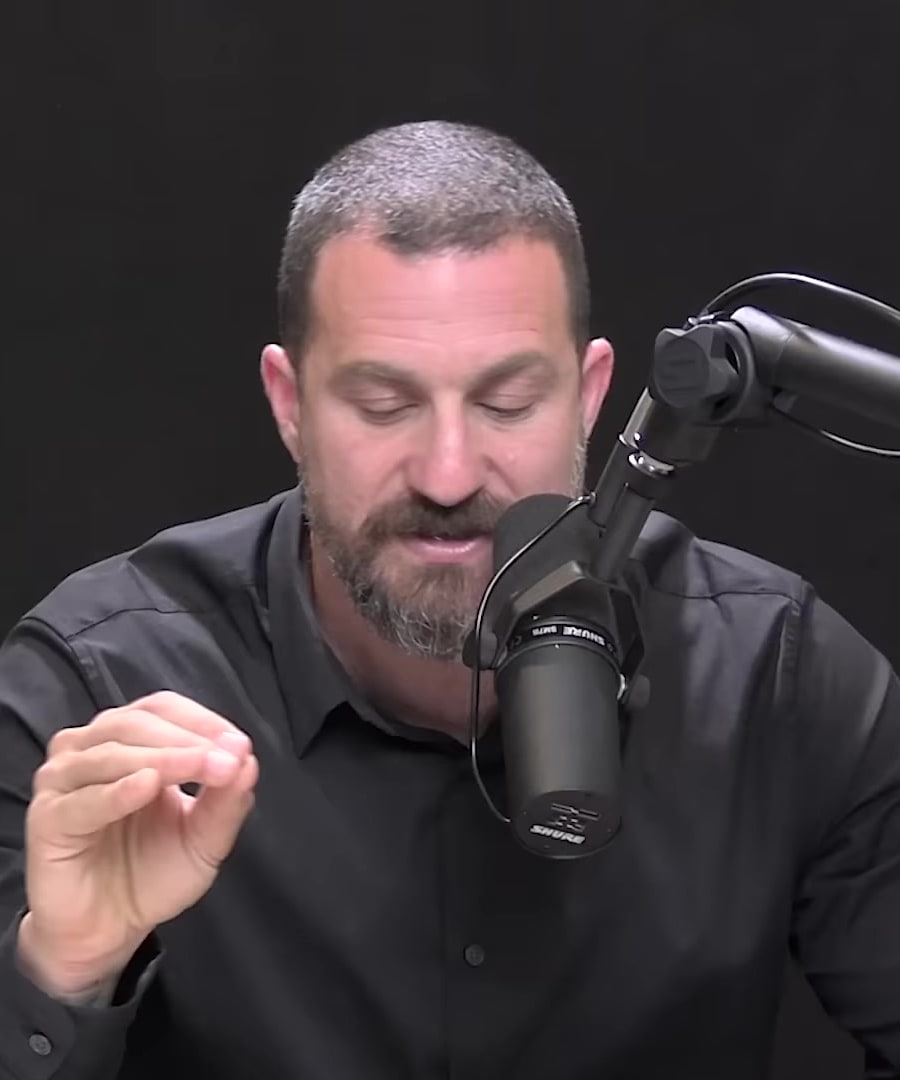Mechanisms behind breath holds?
Sources:
Breath-holding, or apnea, involves complex physiological mechanisms primarily related to the balance of oxygen and carbon dioxide in the body.
-
Hyperventilation and CO2 Levels: By hyperventilating before a breath hold, you decrease the level of carbon dioxide in your blood. This reduction delays the urge to breathe because the brain's primary trigger for respiration is high carbon dioxide, not low oxygen. This is why breath holds can be extended significantly after hyperventilation 1 2.
-
Adrenaline and Epinphrine: Hyperventilation followed by breath holding also triggers the release of adrenaline and epinephrine, which can increase alertness and energy. Practicing cyclic hyperventilation can help individuals manage stress by teaching their bodies to handle high levels of these hormones in a controlled manner 2 3.
-
Alertness and Calmness: During breath holds, despite being highly alert due to the adrenaline, individuals can maintain calmness. This unique state — high alertness combined with calmness — is sought after in many practices and is one reason why breath-holding techniques are used to enhance focus and performance 3.
-
Safety Concerns: Proper training and caution are crucial since improper breath-holding techniques, especially near water, can be dangerous 3.
In summary, the mechanisms behind breath holds involve managing CO2 levels, leveraging physiological responses to stress, and achieving a balanced state of alert calmness, all crucial for improving focus, performance, and stress management.
RELATED QUESTIONS-


